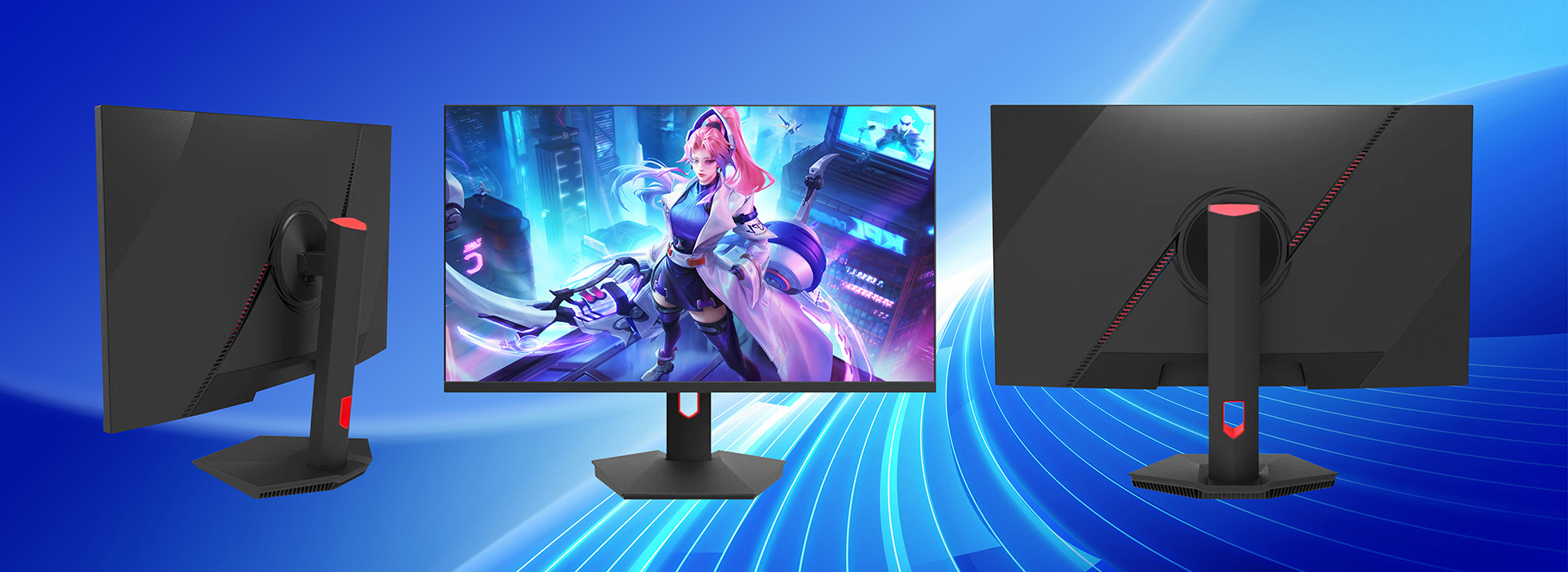The Evolution of the Computer Monitor
With the continuous development of technology, computer monitors have evolved from simple cathode ray tube (CRT) displays to high-resolution liquid crystal displays (LCDs) and LEDs. In this article, we will explore the different types of computer monitors, their advantages and disadvantages, and how to choose the right one for your needs.
Types of Computer Monitors
CRT Monitor
The cathode ray tube (CRT) monitor was the standard computer display for many years. It works by projecting an image onto a glass screen. While CRT monitors were inexpensive, they were also bulky and heavy. Additionally, they had low resolution and color reproduction.
LCD Monitor
Liquid crystal display (LCD) monitors have become the most popular type of computer monitor in recent years. They work by using thin-film transistors to control the light passing through each pixel. LCD monitors are lightweight, consume less power, and have higher resolution and color accuracy compared to CRT monitors.
LED Monitor
Light-emitting diode (LED) monitors are becoming increasingly popular due to their energy efficiency and durability. LED monitors are thinner and lighter than traditional LCDs and have a longer lifespan. Additionally, LED monitors typically have a higher contrast ratio, resulting in deeper blacks and brighter whites.
Types of Computer Monitors
CRT Monitor
The cathode ray tube (CRT) monitor was the standard computer display for many years. It works by projecting an image onto a glass screen. While CRT monitors were inexpensive, they were also bulky and heavy. Additionally, they had low resolution and color reproduction.
LCD Monitor
Liquid crystal display (LCD) monitors have become the most popular type of computer monitor in recent years. They work by using thin-film transistors to control the light passing through each pixel. LCD monitors are lightweight, consume less power, and have higher resolution and color accuracy compared to CRT monitors.
LED Monitor
Light-emitting diode (LED) monitors are becoming increasingly popular due to their energy efficiency and durability. LED monitors are thinner and lighter than traditional LCDs and have a longer lifespan. Additionally, LED monitors typically have a higher contrast ratio, resulting in deeper blacks and brighter whites.




